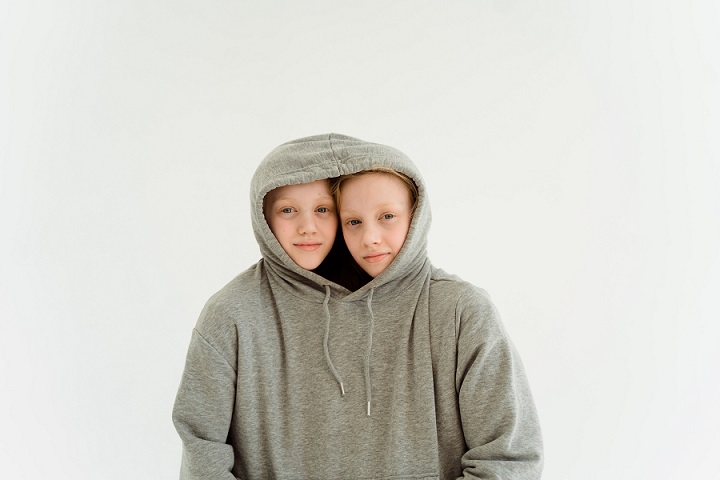Unrelated doppelgänger surprisingly share a large percentage of the same genetic code.
Having a doppelgänger is sort of like having an identical twin – only, you’re not related. Depending on how you look at it, having a person that looks like you is pretty cool, yet, unexplained. While testimonial evidence throughout history in the form of photos, paintings, and eyewitness accounts prove without a doubt that doppelgängers do exist, the scientific community has not tried to prove why this happens or what characteristics they may genetically share. Until now.
Because doppelgängers have existed primarily through anecdotal evidence, it has been hard to pin down a large enough data set to study. After all, the random nature of the phenomenon prohibits people from knowing who and where their lookalike resides. However, with the onset modern facial recognition technology, a French-Canadian photographer was able to find and photograph 32 sets of doppelgängers for a photography study. And, when researchers in Barcelona, Spain, found out about the project, they decided to set out to complete their own research to prove scientifically if doppelgängers indeed were twins.

Thus far, scientific research has conclusively proven that the only people in the world known to have identical DNA are identical twins. But with this new study, researchers wanted to see just how similar the DNA was of the 64 people identified.
The first step was to see if commercially available facial recognition algorithms could even tell them apart. Shockingly, 16 of the pairs could be considered virtual twins since the visual traits they share disabled three of the world’s most powerful facial recognition programs from telling the photographs apart!
Once researchers had done this, they then set about taking detailed DNA comparisons and lifestyle questionnaires from the 16 pairs the software could not distinguish. The results were shocking.
Collecting and analyzing the DNA results, the team found these 32 people shared quite a bit of DNA with their respective doppelgänger, particularly with regards to facial features, bones, and skin properties. Among this group, nine shared approximately 3,730 individual genes in common with each other. With humans having between 20,000 to 25,000 unique genes in their DNA, this subset accounted for about 15 to 19% of their genetic makeup.
While the results are promising, the study needs to be read with caution. The study’s sample size was relatively small and mainly included people of white European ancestry. Although, those not of European ancestry had similar DNA result as their white counterparts. The people who participated in the study also all reside in Canada, so the pool (from a worldwide perspective) was limited.
Despite these drawbacks, the researchers remain confident that other studies could replicate their results on a larger scale. The only problem here is that finding doppelgängers is in of itself quite tricky and the process for doing so is thus far limited to facial recognition software. Other means of finding unrelated “twins” have yet to be determined.
From mapping genetic diseases to reconstructing a suspect’s face from a DNA sample, many good uses could come from identifying doppelgängers in the world.
Sources:
You might have a doppelgänger who shares your DNA
Doppelganger: You may share similar DNA with your lookalike
Epigenetic differences arise during the lifetime of monozygotic twins


Join the conversation!